Induction hardening was first applied to improve the surface hardness of parts to meet the requirement of wear resistance. After decades of development, induction hardening has become the most widely used heat treatment technology, forming a perfect technical and quality system in industries such as automobiles, railways, ships, engineering machinery, machine tools, and military industries.
Replacing carburizing with induction hardening is an important area for its promotion and application. Based on its prominent economy and higher technical indicators, it has received attention from the industry.
Limitations of induction hardening
The special application limitations of induction hardening process are related to the objective law of magnetic field distribution, which need to be analyzed for specific parts.
Complex cross-sectional parts
For example, a transmission gear shaft contains multiple gears, multiple steps and bearing positions, which is not suitable to use the induction hardening process due to its difficulty and cost considerations. There are also parts with sharp corners in the hardened area, which makes induction hardening difficult, and carburizing or other chemical heat treatment should be used instead.
Thin-walled parts
Carburizing can harden a very thin layer, while the core hardness is lower to ensure toughness. Induction hardening may cause brittle cracking due to quenching penetration.
Small parts
Induction hardening requires each part to be loaded and unloaded, heated, cooled, and other steps, which is uneconomical for very small parts. Carburizing can be batch loaded, with high output and low cost.
Single-piece production
Induction hardening requires different inductors to be made for different parts, which is not competitive for small batch production.
Suggestions for induction hardening to replace carburizing
In summary, there is still much work to be done in replacing carburizing with induction hardening for heavy-duty gears, and suitable materials and induction hardening process should be used for other parts requiring improved wear resistance and strength.
Materials selection for induction heat treatment. After carburizing, the surface of the material is a high-carbon layer with a high content of carbides, which is beneficial for wear resistance. The materials used for induction heat treatment are mostly medium carbon steel and medium carbon alloy steel. When selecting materials to replace carburized materials in wear-resistant parts, materials with high carbon content can be selected, such as using 80# steel for a camshaft to obtain the required performance.
The material requirements for induction hardened parts are lower than that for carburizing, and are often overlooked. The material selection process should not only consider whether the required hardness and quenching depth can be achieved, but also pay attention to the chemical composition, grain size, impurities, and other indicators of the material, which also have a great impact on the performance of the parts. Treat the steel for induction hardening as rigorously as carburized steel.
Pay attention to preheat treatment. The heating time for induction hardening is short, and the alloy composition cannot be uniformized in time, which requires good preheat treatment. Induction hardening is usually surface hardening, and the structure and other indicators of the core must be ensured in the preheat treatment process.

 en
en  cn
cn  jp
jp  ko
ko  de
de  es
es  it
it  ru
ru  pt
pt  th
th  vi
vi  pl
pl 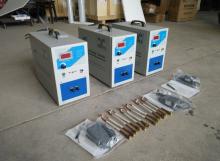
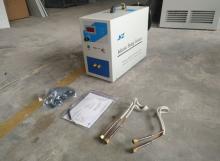
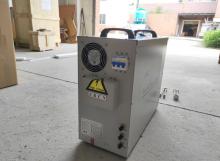
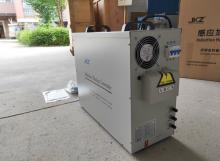
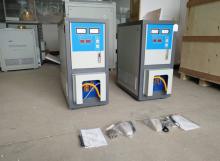
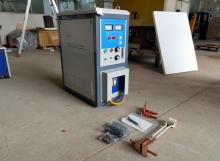
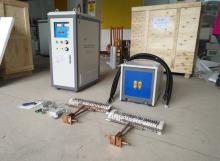
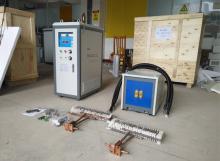
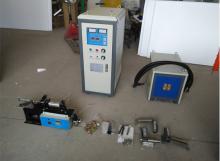
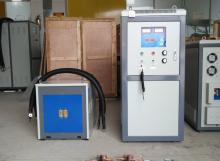
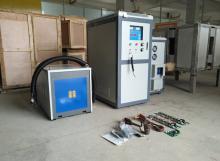
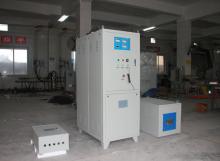
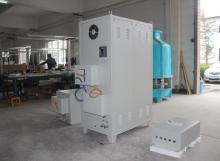
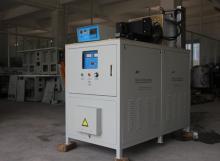
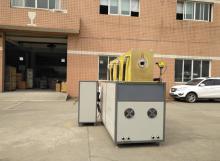
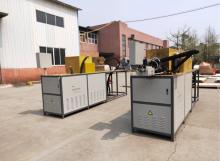
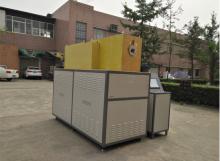
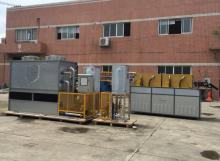
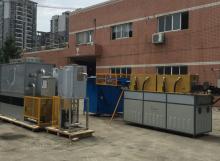
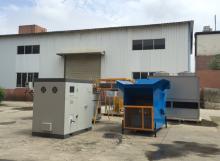
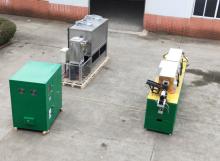
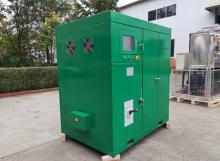
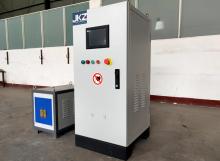
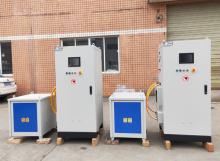
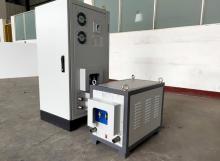
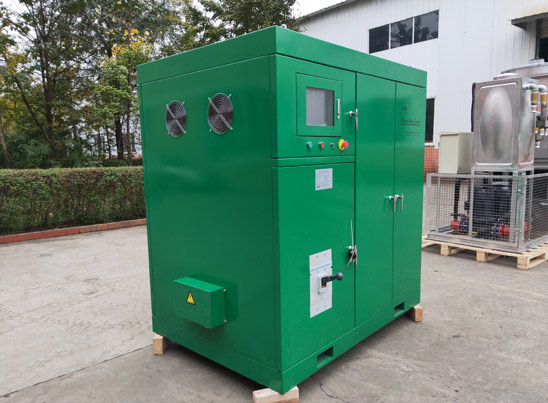
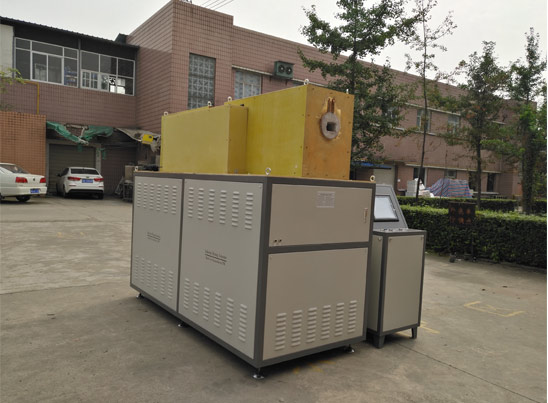
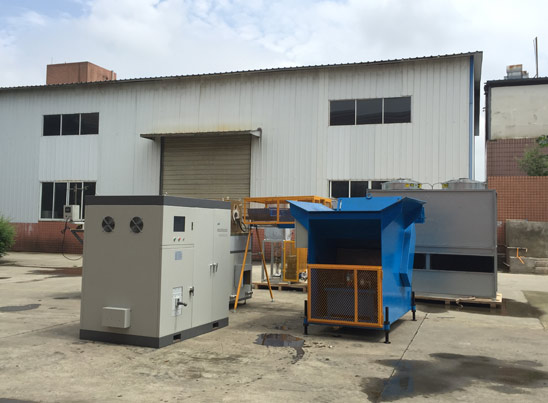




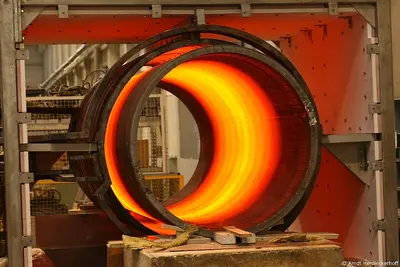

 Call us on:
Call us on:  Email Us:
Email Us:  NO. 688th South Baoguang Road, Xindu District, Chengdu City, Sichuan Province, China
NO. 688th South Baoguang Road, Xindu District, Chengdu City, Sichuan Province, China